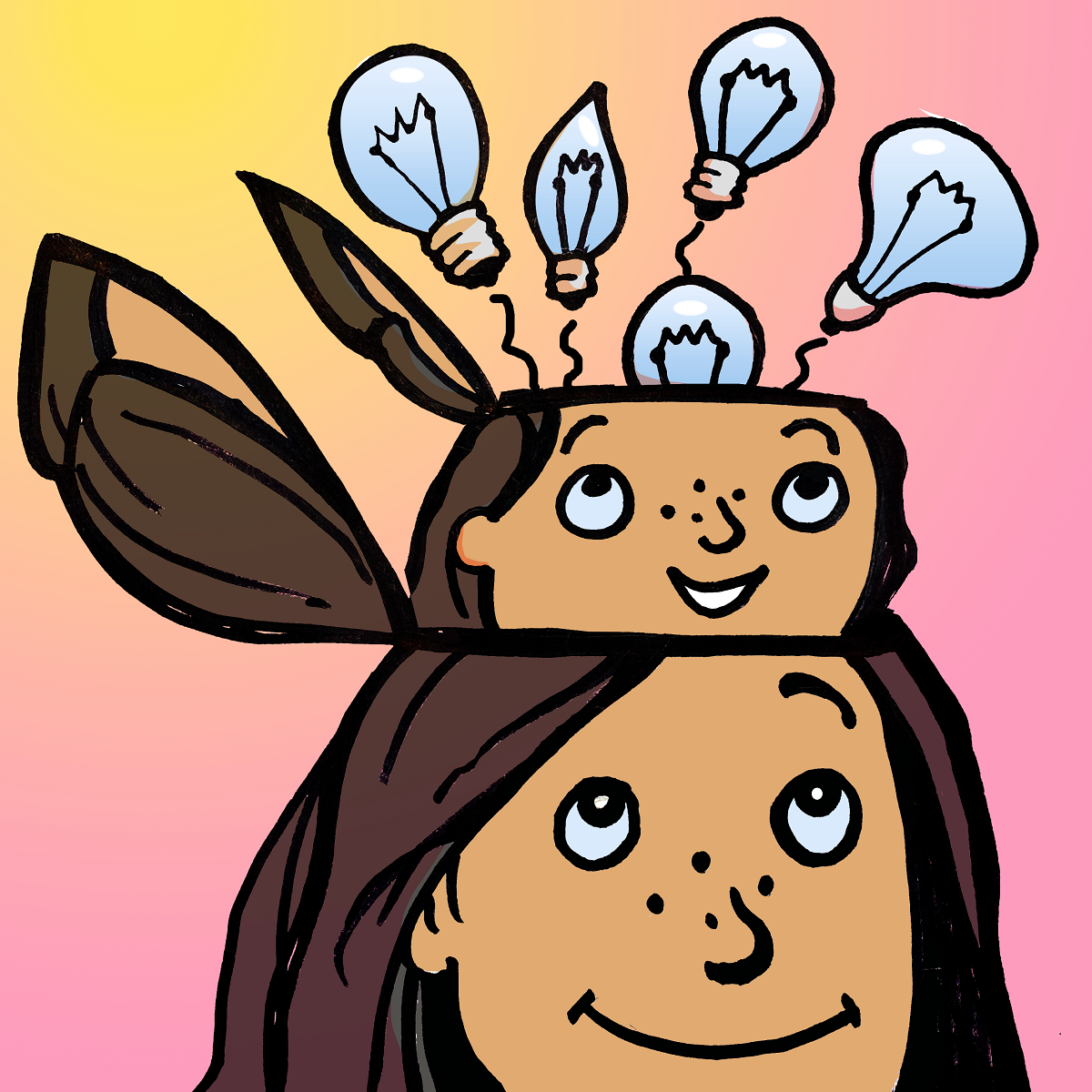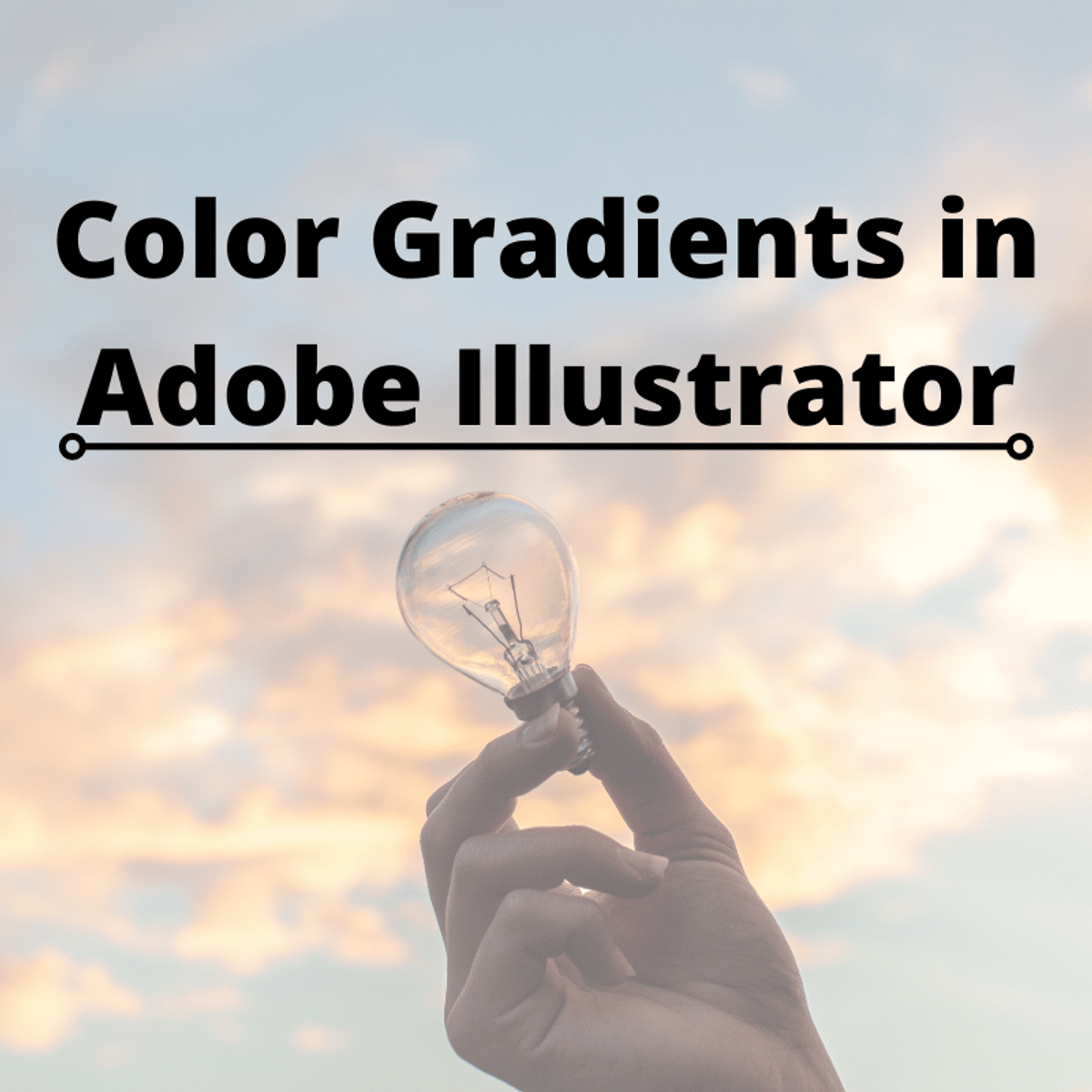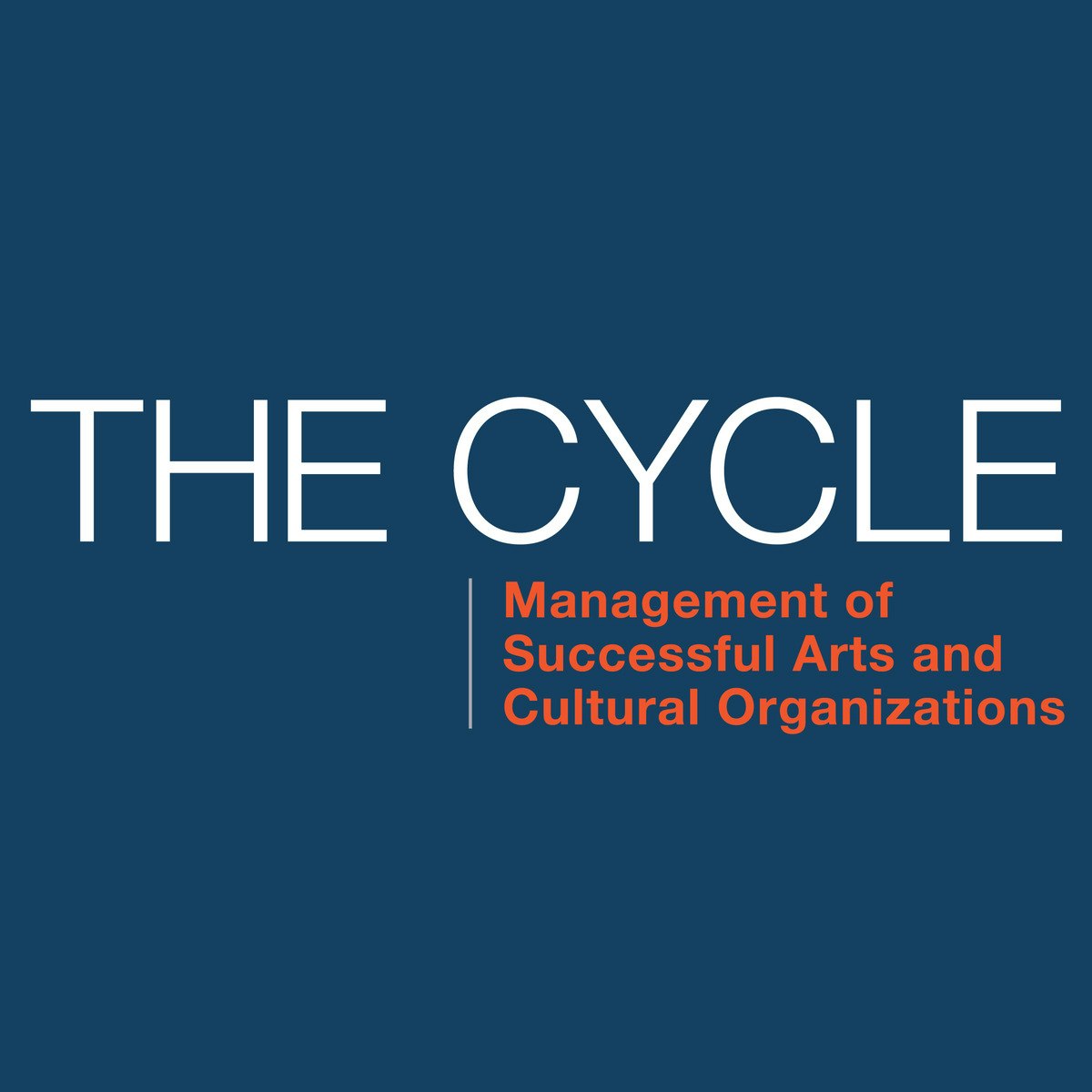Back to Courses









Arts And Humanities Courses - Page 46
Showing results 451-460 of 464

How to Transform Artwork in Adobe Illustrator
In this project, you will learn how to upload artwork to Adobe Illustrator, change view modes, manipulate objects within an artboard with selection tools, transform artwork, and save and export artwork.
Specifically, we will use the basic transform options offered by Adobe Illustrator including the scale, skew, rotate, and shear features to create a cast shadow of a sailboat on an ocean. Mastering these transformation features provides a foundation for more advanced transformations and effects.
In addition to transformation features, you will learn about native file extensions, how to use the layers panel and properties panel, and how to save and export files for use on other platforms and across a variety of mediums.
Upon completion of this project, you will gain an overview of Adobe Illustrator and have acquired essential skills to begin experimenting on their own with creating original artwork or transforming existing artwork for business or personal use.

How to Jumpstart Your Hidden Creative Genius
Despite what you may think, there is evidence that everyone has the capacity to think creatively. This course will teach you to be much less predictable in your thinking and have the confidence and ability to generate unique, workable ideas to solve complex problems. Society impels us to conform to its written and unwritten rules for thinking and behaving in a certain way, which makes too many of the ideas and solutions we generate fairly predictable and ineffective.
The first part of this course is about you. I want to convince you that you were once insanely creative and explain forces around you caused you to lose most of that ability. If you think you are already plenty creative, then know that you're not as creative as you could be and, conversely, if you believe you don't have a single creative bone in your body, I will do my best to convince you you're wrong and share ways you can get your high level of creativity back.
Asking you to think back on some of the societal forces that negatively impacted your upbringing may be hard to hear, but it’s important to understand these often unseen forces so you can do something to counteract them.
The second part of the course is for learning several tried and true brainstorming and problem-solving "tools" you can use that will help you be your most creative self.
Please note: Portions of this course may include readings, media, and discussion around topics based on emotional experiences from your youth. The title of any element that may be a trigger will be indicated with a "TW".

How to Slice Web Pages in Adobe Photoshop
The world today is all but overwhelmed with internet usage and web pages of all shapes, colors, and designs. Have you ever wondered how to create such a wondrous thing? Creating a visually pleasing webpage, with links attached to certain aspects of the page is a genuine blend of artistic talent, and computer science. Here, you will learn to utilize a touch of both to create and save an image sliced and configured for use on the web!

Thought Experiments: An introduction to philosophy
Doing philosophy is like seeing a movie and wondering what will happen next, or what you would do in the same situation, or what’s real and what’s merely make-believe.
You’re probably not aware of it, but since you already know how to see movies and use your imagination, you’re well on your way to becoming a good philosopher. The only thing you still need and want to develop though, is the ability to use your imagination in the philosophical way, and that’s exactly what you’ll learn in this MOOC.
Firstly, you’ll learn how to use your imagination to put definitions, analyses or conceptions of philosophically relevant notions to the test by means of imaginary examples and counterexamples, addressing questions that have been part and parcel of Western philosophy since its very inception, such as
- ‘what is knowledge?’;
- ‘what is the mind?’;
- ’what is moral responsibility?’; and
- ‘what is justice?’.
Subsequently, you’ll learn how to use your imagination to develop your worldview. You’ll learn to speculate about what might explain your experiences, ranging from the commonsense explanation in terms of a mind-independent world, to sceptical alternatives, such as that you’re systematically misled by an evil demon or that only your mind exists and that it confabulates all the rest.
Finally, since philosophy is not only about interpreting the world, but also about changing it -and hopefully, for the better- you’ll also learn how to use your imagination to evaluate what the right thing to do is in a given situation, what the criteria are to evaluate actions, and whether such criteria are established evermore or remain an open question.

Create Geometric Vector Patterns with Inkscape
By the end of this project, you will be able to build geometric designs in Inkscape. You’ll build beautiful and complex shapes that can be expanded, resized, and duplicated without losing image quality. You can use these patterns as backgrounds, parts of logos, and as a foundation for all kinds of digital uses.
To create your geometric designs, you will practice working with vector graphics tools in Inkscape, including object tools, the interpolate extension, and the transform panel.
To build these skills, you’ll start by creating a basic vector object, then add increasing levels of complexity to create a mesmerizing vector pattern in Inkscape.
Note: This course works best for learners who are based in the North America region. We’re currently working on providing the same experience in other regions.

Getting Started with Essay Writing
Course 2: Getting Started with Essay Writing
This is the second course in the Academic English: Writing specialization. By introducing you to three types of academic essays, this course will especially help prepare you for work in college classes, but anyone who wants to improve his or her writing skills can benefit from this course.
After completing this course, you will be able to:
- create effective thesis statements for your essays
- plan and write compare/contrast, cause/effect, and argument essays
- write well-developed body paragraphs
Note: The lectures and practice activities are available for free, but you must upgrade to the pay version in order to take the quizzes and get feedback on writing assignments.

How to Create Color Gradients in Adobe Illustrator
By the end of this project, you would be able to create color gradients in Adobe Illustrator. This is an awesome tool to make your graphics in your way. During this project, we are going to learn how to combine shapes and create a design with them. We will be working on three complete figures so that you can practice and learn about the whole process of creation, apply color, and combine gradients to enjoy how they can be assigned to different creations. You must have on hand, your access to Adobe Cloud, Adobe Illustrator, updated and up to date so that this does not create problems in the process of practicing and creating your content. Important, if you have never had previous training in this application, I want to remind you that this training is an intermediate-advanced level, therefore, you must know basic Illustrator tools so that you can handle what we will be working on in this course.
In the first part of the project, we will begin to create our figures, we will add color to them, and we will be playing with the options available of color gradients, to understand how they can be assigned to the shapes, forms, or complete arts in Adobe Illustrator. We will also see how they expand, shrink, copy, or regenerate different shapes in case you want to make more complex shapes, but within the intermediate training process. After completing this training, you will be able to assign color gradients to your artwork and it will allow you to create your logo or design. It is a very useful and useful tool for everything that has to do with graphic design. Let's get started!

The Cycle: Management of Successful Arts and Cultural Organizations
What makes a successful arts and cultural organization? Led by DeVos Institute Chairman Michael M. Kaiser and President Brett Egan, this course will introduce you to a management theory called the Cycle which supports thriving arts and cultural organizations. Learning from our work with managers from over 80 countries around the world, the DeVos Institute developed the Cycle as a simple, but powerful tool to assist managers in their effort to respond to an increasingly complex environment and propel their institutions to excellence.
The Cycle explains how great art and strong marketing can create a family of supporters, who in turn help the organization produce the revenue required to support even more great art the next year. The Institute has seen the Cycle work in performing and presenting organizations, as well as museums, arts schools, and other nonprofit endeavors like service organizations, historical societies, public libraries, university programs, advocacy organizations, botanical gardens, and zoos.
By taking this course, you will learn:
• the importance of bold, exciting, and mission-driven programming in an organization;
• how long-term artistic planning can help an organization produce this work;
• how an organization can aggressively market that programming and the institution behind it to develop a family of supporters - including ticket buyers, board members, donors, trustees and volunteers;
• how an organization can cultivate and steward this family to build a healthy base of earned and contributed income; and
• how an organization can reinvest that income into increasingly ambitious programming year after year.
All course material is available upon enrollment for self-paced learners. New scheduled sessions begin each month.
For more information about the DeVos Institute's work, visit www.DeVosInstitute.umd.edu.

Create Emotes with Inkscape
By the end of this project, you’ll be able to create emotes, images that you can use in chat messages to quickly convey an emotion, an idea, and often a brand. You’ll build an emote that meets the current Twitch guidelines, and you’ll create that emote in Inkscape, a free, open-source program that creates vector graphics. Because what you create in Inkscape is vector-based, those images can be quickly resized and tend to have clear, bold colors and shapes. So vector graphics make great emotes. They can also be resized and edited quickly—and they’ll stay clear and sharp even after the changes.
During this project, you’ll build an emote out of basic and complex vector objects and paths. First, you’ll practice researching icon requirements and prepare the Inkscape workspace to create emotes. Then you’ll create two different kinds of emotes: a cartoon bat emote, step by step, starting with basic shapes and then using Inscape’s editing and path commands to create complex combinations of shapes.
By the end of the project, you’ll be comfortable planning and creating emotes for use in Twitch chat.
Note: This course works best for learners who are based in the North America region. We’re currently working on providing the same experience in other regions.

Guitar Scales and Chord Progressions
You’ve got the guitar basics down: You can strum your guitar and play a few of your favorite songs, but you’re ready to take the tunes to the next level. In Guitar Scales and Chord Progressions you’ll expand your knowledge of scales, chord fingerings, and common chord progressions. You’ll also learn important skills for soloing, creating melodies, and adding depth and dimension to your guitar playing.
This course is not only for the aspiring guitarist who has taken Berklee’s Guitar for Beginners, but also for guitarists who have let their six-string gather dust for too long, and want to brush up on techniques.
Each lesson covers the four basic aspects you’ll need to sharpen your guitar chops: scales, arpeggios, chord progressions, and rhythm. Amanda’s practical approach to learning these important elements is fun and helps you to use what you’re learning and practicing in a real musical setting. You’ll improve your playing and creativity, whether it be as a singer-songwriter, a guitarist accompanying a singer, or a player in the band. By the end of this course, you’ll be more comfortable playing throughout the neck, and you’ll gain a better understanding of chord structure and how each chord relates to tonal centers or keys. You’ll also be able to solo and improvise by playing simple lead guitar lines based on the minor pentatonic scale. Whether your preference is for acoustic or electric, the curriculum is designed to turn you into a real guitarist.
Popular Internships and Jobs by Categories
Find Jobs & Internships
Browse
© 2024 BoostGrad | All rights reserved